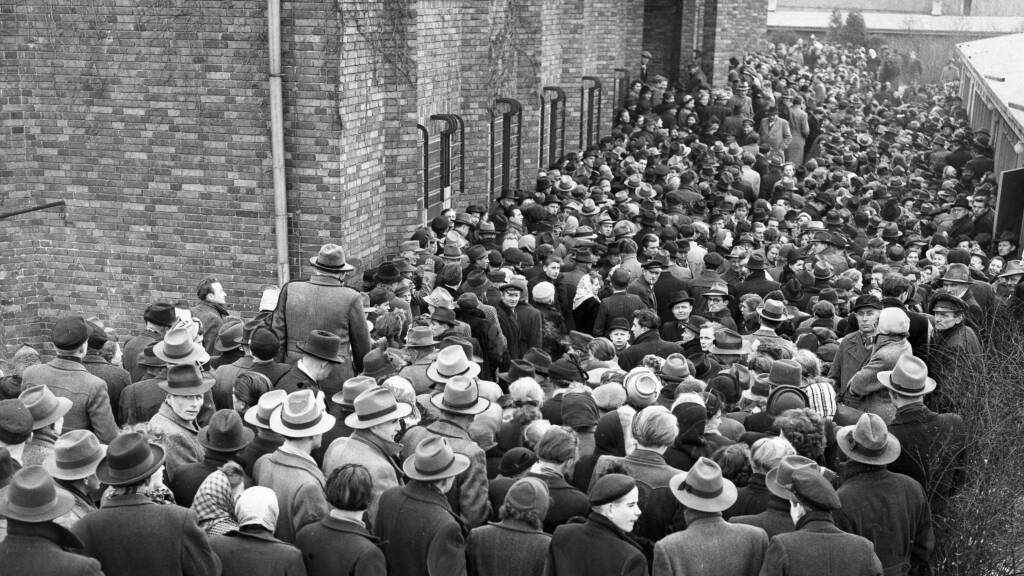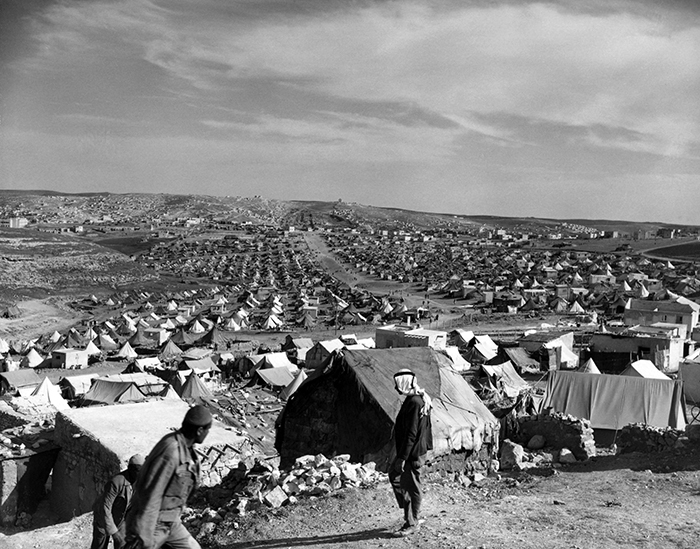The United Nations Human Rights Council (UNHRC) was established on March 15, 2006, replacing the United Nations Commission on Human Rights (UNCHR), which had operated since 1946 but faced criticism for inefficiency and politicization. The UNHRC was created to strengthen the promotion and protection of human rights worldwide, addressing the shortcomings of its predecessor. It introduced key mechanisms like the Universal Periodic Review (UPR), which evaluates the human rights records of all UN member states, and special procedures, where independent experts investigate specific human rights issues. The council also has the ability to convene special sessions to address urgent crises.
Despite its achievements, the UNHRC has faced challenges, including accusations of politicization and selective focus on certain countries. Critics argue that powerful nations often escape scrutiny, and the council’s ability to enforce resolutions remains limited. However, the UNHRC has made significant contributions, such as adopting resolutions on women’s rights, climate change, and the rights of marginalized groups, and responding to crises like the Syrian civil war and the Rohingya refugee situation.
Today, the UNHRC remains a central part of the UN’s human rights framework, addressing emerging issues like digital privacy and artificial intelligence. While it continues to face challenges, its role in promoting accountability, dialogue, and cooperation in human rights remains vital.
Topics and Relevance
Refugee Crises Caused by WW2
World War II left millions displaced across Europe and Asia. The handling of these refugees set important precedents for modern international refugee policies. How should nations respond to mass migrations caused by war and conflict? What lessons can be learned from post-war refugee management?


Crimes Against Humanity (Jewish Massacres)
The Holocaust was one of the most significant crimes against humanity in history. This discussion will examine its impact on human rights laws, the role of international organizations in preventing such atrocities, and how the UN should respond to future crimes against humanity.
Rules of Procedure
1. Opening of the Session
- The session begins with the Chair calling the roll to establish which delegates are present.
- Delegates respond with either:
- “Present and Voting” if they are ready to participate in voting.
- “Present” if they are present but do not wish to vote on resolutions.
2. Setting the Agenda
- The committee will decide on the order of topics to be discussed during the session.
- A delegate can motion to set the agenda, proposing the order in which the topics will be addressed.
- A vote is taken to determine the order of discussion.
- If there are multiple topics, the committee can decide by a simple majority vote.
3. Speeches and Debate
- Opening Speeches: Each delegate is given the floor to deliver a speech about their country’s position on the topics. This speech is typically limited to 1-2 minutes.
- General Debate: After opening speeches, the committee engages in a general debate on the topic, where delegates can express their views and positions.
- Speakers’ List: A list of delegates who wish to speak is maintained. Delegates wishing to speak should raise their placard to be added to the list.
4. Motions
Delegates can propose various motions during the session, such as:
- Motion to Set the Agenda: A delegate motions to set the order of the topics to be discussed.
- Motion for a Moderated Caucus: A delegate motions for a structured debate on a specific issue. It includes a set speaking time and topic of discussion.
- Motion for an Unmoderated Caucus: A motion for informal discussions between delegates, where there is no formal speaking order.
- Motion to Move into Voting Procedure: Once discussion on a topic is concluded, delegates can motion to move to the voting procedure to decide on the draft resolutions.
5. Moderated Caucus
- A moderated caucus allows delegates to debate a specific aspect of a topic in a more structured way.
- A delegate motions for a specific time limit and issue to be discussed.
- The Chair will call on delegates in the order they raise their placards to speak.
6. Unmoderated Caucus
- An unmoderated caucus is a break from formal procedures where delegates can freely interact, negotiate, and form alliances.
- During this time, delegates may discuss solutions informally or write draft resolutions.
7. Draft Resolutions
- Throughout the session, delegates will work together to draft resolutions that address the issue at hand.
- A draft resolution must be submitted to the Chair for approval before being considered for debate.
- Once a draft resolution is approved, it will be debated by the committee.
- Delegates can propose amendments to the draft resolution, which will be debated and voted on separately.
8. Amendments
- Any delegate can propose an amendment to a draft resolution during the debate.
- Amendments should be submitted in writing and are debated before a vote is taken.
- Amendments can be friendly (if accepted by the sponsor of the resolution) or unfriendly (if not accepted by the sponsor).
9. Voting Procedure
- Once all the debate and amendments are concluded, the committee moves into the voting procedure.
- Delegates vote on resolutions and amendments. Voting options include:
- Yes: The delegate supports the resolution or amendment.
- No: The delegate opposes the resolution or amendment.
- Abstain: The delegate chooses not to vote.
- Simple Majority: A resolution or amendment is passed if it receives a simple majority of “Yes” votes.
10. Consensus
- In some cases, the committee may work towards achieving consensus rather than taking a formal vote. If all delegates agree, a resolution may be passed without a formal vote.
- The Chair will call for a consensus, and if no objections are raised, the resolution is considered passed.
11. Adjournment
- Once all items on the agenda are completed and all votes are taken, the session is adjourned.
- The Chair will thank the delegates for their contributions, and the session will officially conclude.


